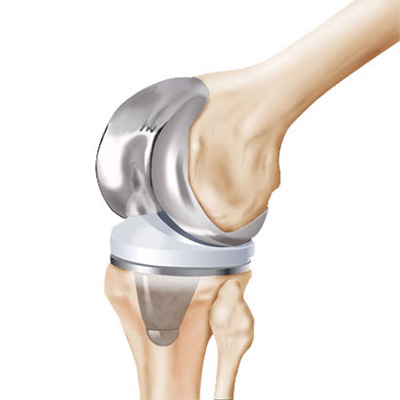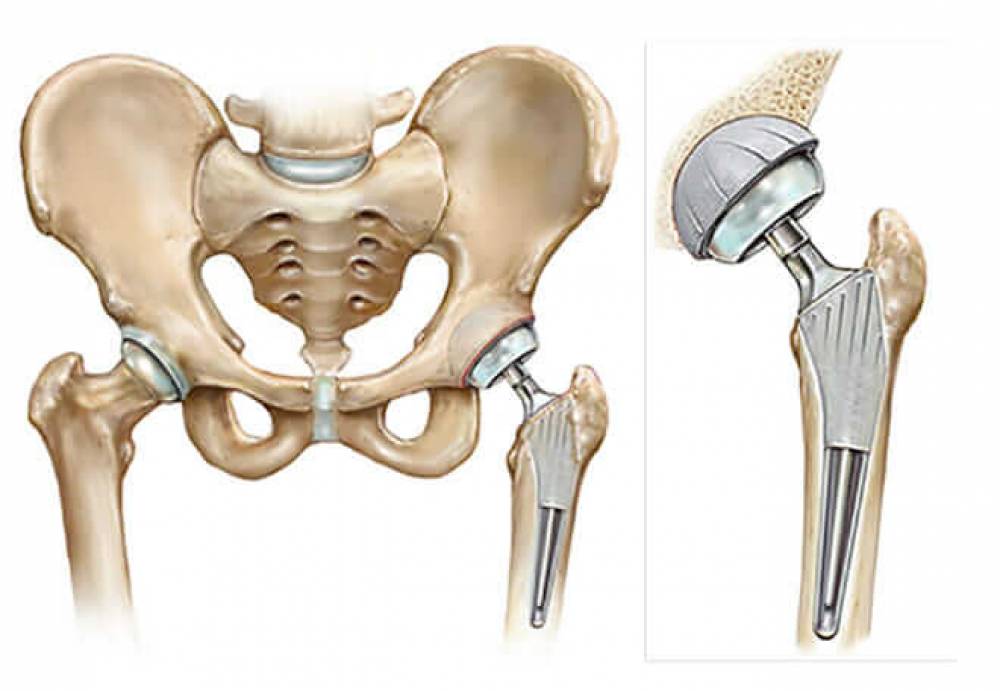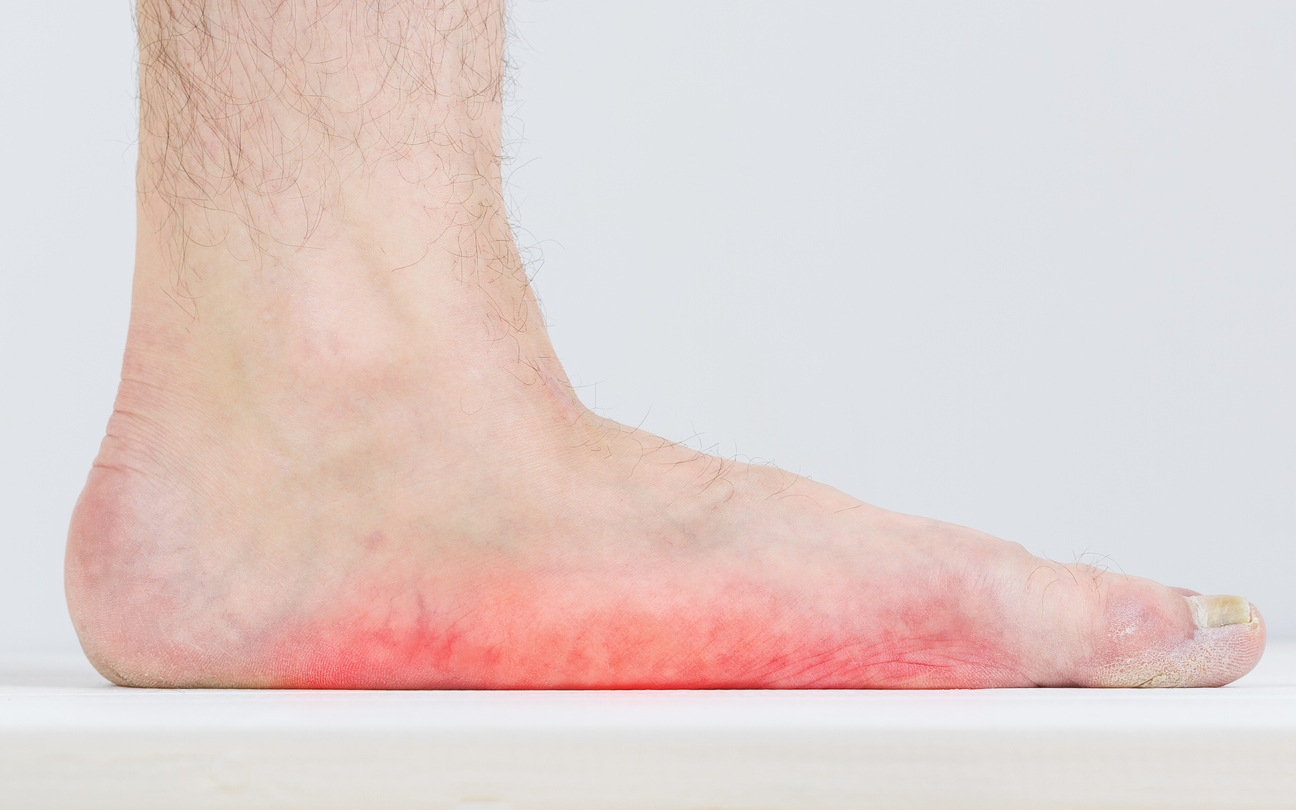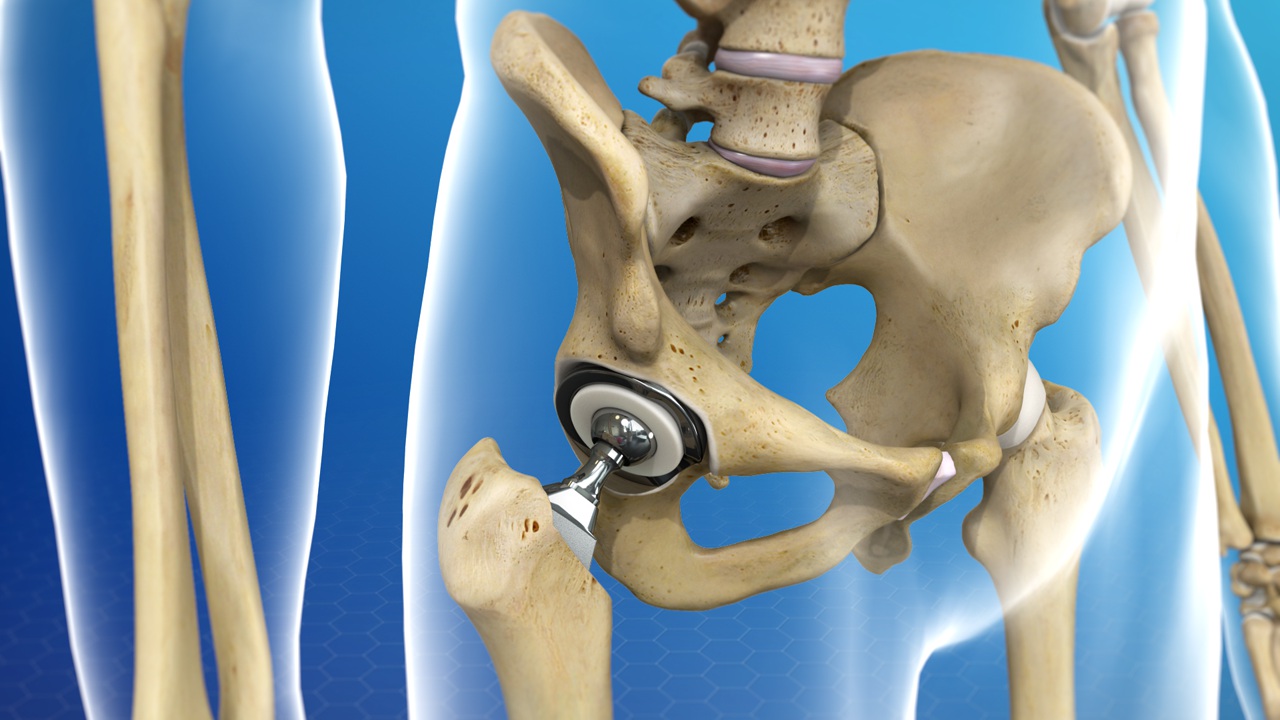Learn about the causes of sciatica
Sciatica is one of the diseases that may cause severe pain and pain in the thigh that extends to the toes, and there is more than one cause, which are mentioned in detail in the following article.
The causes of sciatica
Sciatica, or what is known as sciatic nerve pain, is one of the types of nerve inflammation that often begins in the last part of the spine and extends to the hip, followed by the leg, and causes severe pain that resembles tingling or burning in the affected part.
The sciatic nerve is the thickest nerve in the body, it is similar in thickness to the finger of the hand, and it is also the longest. It extends from the lower part of the spinal cord and reaches the bottom of the foot, and there are many reasons for it, and its symptoms appear when the infection is much more severe than neglecting treatment.
What are the causes of Sciatica?
There are some factors or causes that may expose a person to sciatic nerve pain or sciatica, including:
- Spinal injuries.
- Spinal stenosis affecting the spinal cord.
- Cauda equina syndrome.
- Pear syndrome.
- Disc injury (spondylolisthesis).
- Spinal tumors.
- Sacroiliitis.
- Inflammation of the sciatic nerve.
What are the symptoms of sciatica or sciatic nerve?
The symptoms of sciatica do not differ between men and women and the chances of infection in both types, and the signs of a person suffering from sciatica appear as follows:
- A feeling of pain intensifies in the lower back.
- Pain extending from the cast to the toes.
- Burning pain in the affected part.
- A feeling of weakness in the muscles.
- Numbness or tingling in the leg and difficulty moving it.
- It may happen continuously or intermittently.
- Increased pain when sneezing or sitting.
When the symptoms increase, the person must return to the doctor if the symptoms increase or he loses the ability to control the bladder and the pain begins in the legs together, and also if you did not feel better with treatment, he should tell the attending physician to take the necessary precautions.
Usually, sciatica lasts about two months, and the period may be shorter, with a commitment to treatment and taking enough rest. Doctors are often not likely to perform surgeries for the injured, especially with a continuous response to treatment.
What is the cause of sciatica?
Sciatica usually lasts about two months, and the period may be shorter with adherence to treatment and taking enough rest, and doctors are often not likely to perform surgeries for the injured, especially with a continuous response to treatment.
There is more than one cause of sciatica, but the most common is a herniated disc or disc, which is the movement of the synovial fluid present between the vertebrae of the spine, which causes pressure on the nerves of the spinal cord, especially the sciatic nerve, which causes sciatica.
What are the risks of sciatica?
Sciatica causes the patient severe pain starting from the last part of the back to the thigh and leg and may make the patient limit his movement due to the increase in pain when moving or sitting, and starting treatment at an early stage is one of the factors that help avoid complications.
What are the complications of sciatica?
Sciatica can affect the body negatively, and some complications may occur to the patient due to delay or negligence in treatment, including:
- Difficulty moving the man.
- Loss of feeling in the leg.
- Increased leg muscle weakness.
- Inability to control the bladder.
- May cause erectile dysfunction in men.
- Normal bowel functioning.


















